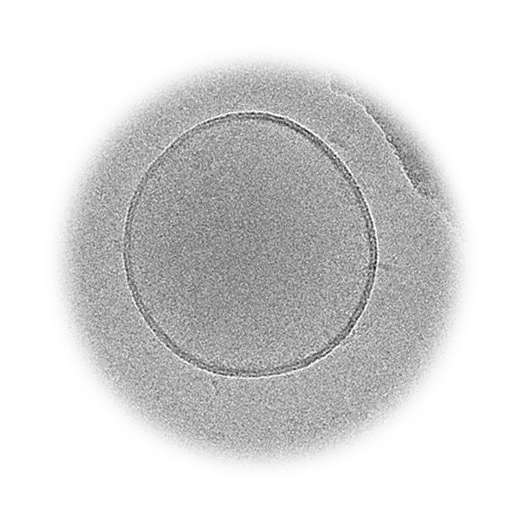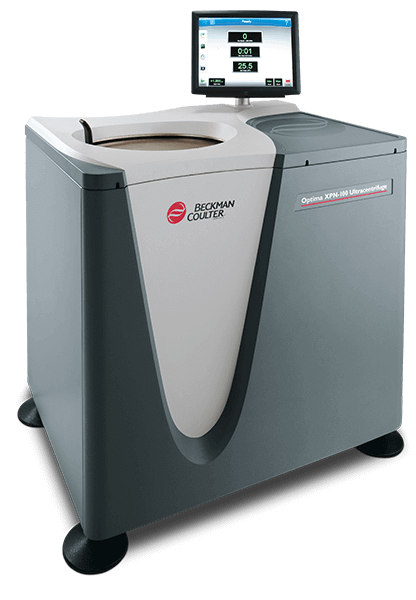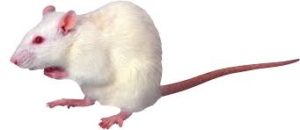MISEV: Minimum Information for the Study of Extracellular Vesicles
Studying vesicles is challenging. As of yet, there is no consensus on the most appropriate methods for characterizing or enriching extracellular vesicles (EVs). The typical EV scientist studies vesicles in terms of functional, physical, and biochemical properties, but reproducibility is often hampered by inconsistent methods and reporting which blunts the impact of research in this field.
Guidelines are being developed and refined by the prominent research societies such as the international society of extracellular vesicles (ISEV) to facilitate standardized methods and accurate complete reporting to improve interpretability of EV research. A core set of guidelines, published in 2014 as the Minimal Information for the Study of EVs (MISEV) in the Journal of Extracellular Vesicles, and updated by Witwer et. al, 2017 encompasses broad aspects of EV research and provides guidelines from sample collection and prep to measurement and reporting. Other published guidelines provide recommendations focused on particular issues in EV research. MIFlowCyt-EV (Welsh et. al, 2020), a prominent example of focused guidelines, details proper experimental design, methods and reporting for flow cytometry-based characterization of EVs and is much more developed than recommendations for other EV measurement platforms.
The challenge that remains is identifying best practices to achieve guideline compliance. The guidelines themselves often fall short of prescribing methods, perhaps due to the abundance of available approaches for EV measurements with poorly described limitations. Below, we outline recommendations for appropriate characterization of EVs along with best practices to adhere to these guidelines.

Characterization of vesicles also presents with its own set of challenges. MISEV reporting guidelines remain approach agnostic and focus on pushing requirements for multiple orthogonal measurements. Triangulating multiple measurements (different by application or target being measured) is the best way to address shortcomings of current approaches.
Existing assays can be divided up into two categories, total or aggregate EV measurements and individual EV measurements. In general, MISEV recommendations defer to the researcher to select appropriate measurements based on their research requirements. Measurements looking at all vesicles in aggregate are generally reserved for where sensitivity of existing assays is not currently suitable. Individual vesicle measurements are important in understanding heterogeneity.
| Assay Type | Measurements | |
|---|---|---|
| Vesicle Flow Cytometry | Individual and Total Vesicles | Concentration, Size, Cargo |
| NTA | Individual Vesicles | Concentration*, Size |
| RPS | Individual Vesicles | Concentration*, Size |
| Electron Microscopy | Individual Vesicles | Visual Confirmation of Characterization |
| Traditional Flow Cytometry | Individual and Total Vesicles | Has many issues with coincidence and sensitivity |
| Western Blot | Total Vesicles | Cargo |
| ELISA | Total Vesicles | Cargo |
| *Particles. Not Vesicle Specific. | ||
There are many methods currently available to researchers separating (formerly referred to as purifying or isolating) vesicles. Each method has its own strengths and limitations. Unfortunately, there is no accepted practice for EV isolation, therefore, MISEV defers to the investigator. According to the most recently published guidelines, isolation methods are to be selected based on their suitability for a set of experimental aims. Commonly employed methods currently include:
- Ultracentrifugation
- Gradient Ultracentrifugation
- Immunocapture (DynaBeads™ or Similar)
- PEG (or similar) precipitation such as ExoQuick
- Chromatography (SEC)

In general, MISEV guidelines around functional studies focus around demonstrating that vesicle isolates are of sufficient purity to attribute observations to vesicle biology. In the absence of suitable measurements of purity, control requirements are outlaid to include control vesicles, vesicle depleted vehicles, and other similar samples.
